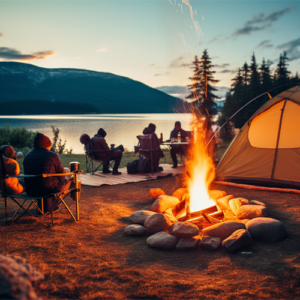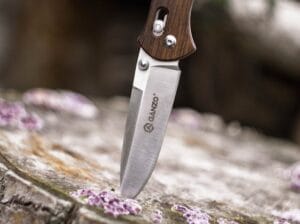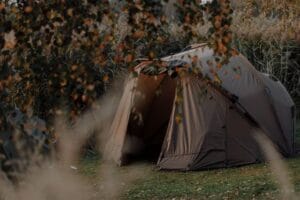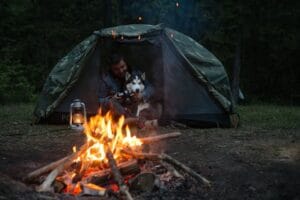Essential Bushcraft Skills: What You Really Need to Know Out There
When you’re out in the wild, certain skills aren’t optional—they’re the foundation of survival. Bushcraft boils down to using what nature gives you and making it work, whether that’s building shelter, finding food, or making fire. The basics are often the difference between a good night’s rest and a rough one, or even between getting home safe and getting lost.
Here’s what I’ve found to be the core bushcraft skills you should focus on.
Fire-Making: The Real Start to Survival
Fire-making is one of those skills you simply can’t go without. It’s the first thing I practice whenever I’m in the backcountry. A fire gives you warmth, cooks your food, purifies your water, and boosts morale when things aren’t going well. You need to know how to make one in all conditions, whether it’s raining, snowing, or the wood’s wet.
Start by gathering dry tinder, which can be as simple as birch bark or dry grass. Even if it’s been raining, there’s often dry material inside logs or under dense trees. Once you have tinder, move to small sticks (kindling), and only add larger pieces once you have a steady flame. Thick logs won’t start a fire on their own.
I always have a ferro rod or a flint and steel as backup to matches or a lighter. These tools last longer and don’t depend on staying dry. Mastering these methods is essential for warmth and survival, whatever the weather.
Shelter: Protection from the Elements
Knowing how to build a shelter is just as important as fire. Without protection from wind, rain, or cold, survival becomes much harder. Start by choosing a good spot, ideally near natural cover like trees or rocks and away from areas prone to flooding.
A simple lean-to is effective for quick shelter. Prop a strong branch between two trees and lean smaller branches along one side. Cover the structure with leaves or moss to insulate it. In colder weather, build the shelter smaller to trap more heat. If you have a tarp, use it, but being able to build a shelter with natural materials is invaluable.
Water: Finding and Purifying It
Water is the most critical resource out there, and finding it should be a priority. Flowing sources like rivers or streams are safer, though all water should be treated. Drinking untreated water risks serious illness, so it’s essential to purify it.
Boiling water is my go-to method, as it reliably kills pathogens. If you don’t have a container, consider other options like a plastic bag to collect condensation or a basic filter using sand and charcoal. These methods aren’t perfect but can help in a pinch.
Look for water in low areas, animal tracks, or gather morning dew on plants with a cloth. Staying hydrated is essential for strength and clarity in survival situations.
Navigation: Staying Oriented
Getting lost is a real danger, so learning to navigate without a GPS is a must. A map and compass are ideal, but in their absence, natural guides like rivers, mountains, or the position of the sun can help.
In the northern hemisphere, the sun rises in the east and sets in the west. This can give a general sense of direction. Landmarks are also key—pay attention to rivers, large trees, or rock formations, as these can guide you back if needed. It’s better to stop and orient yourself than to wander aimlessly if you feel lost.
Knots: Building and Securing
Knots are essential in bushcraft for building, securing, and climbing. Simple knots like the bowline, taut-line hitch, and clove hitch cover most needs.
The bowline creates a loop that won’t slip, making it useful for securing loads. The taut-line hitch adjusts well, ideal for tarps, and the clove hitch is perfect for temporary lashings. These knots may be simple, but they provide strong support for shelter building and gear management.
Foraging and Traps: Securing Food
While fire and shelter are immediate concerns, knowing how to forage or trap food is a skill that can sustain you. Learn which plants are edible and safe; it’s always better to be cautious with unfamiliar plants.
Trapping small game is useful as a passive way to secure food. Simple snares can catch small animals and should be set up near signs of animal activity. While not guaranteed, traps increase your chances of a meal without excessive energy use.
Final Thoughts on Essential Bushcraft Skills
Bushcraft isn’t about mastering a hundred techniques. It’s about knowing core skills that keep you alive and comfortable. Fire, shelter, water, navigation, knots, and food are the basics that will see you through most situations. Each trip to the wild is a chance to practice and build self-reliance.
Master these skills, and everything else will fall into place. The essence of bushcraft is making the natural world work for you, and that’s what makes time in the wild so rewarding.
You might as well be interested in
-
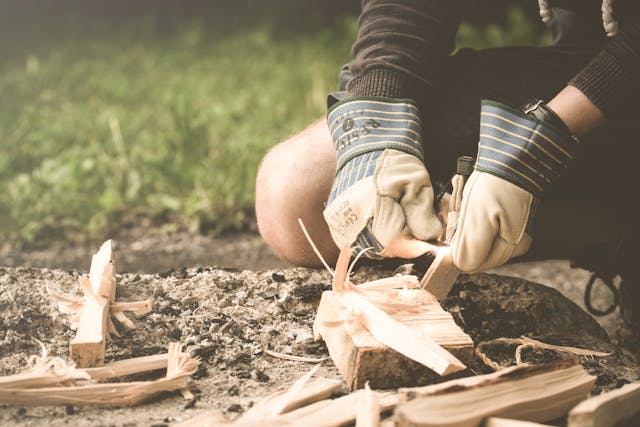
Bushcraft Survival Skills – What’s Important
What Bushcraft Survival Skills Do You Need? Really. Bushcraft survival skills give us the ability to live off the land, relying on nature for shelter,…
-

Essential Bushcraft Skills: What I Know You Need to Know
Essential Bushcraft Skills: What You Really Need to Know Out There When you’re out in the wild, certain skills aren’t optional—they’re the foundation of survival.…
-
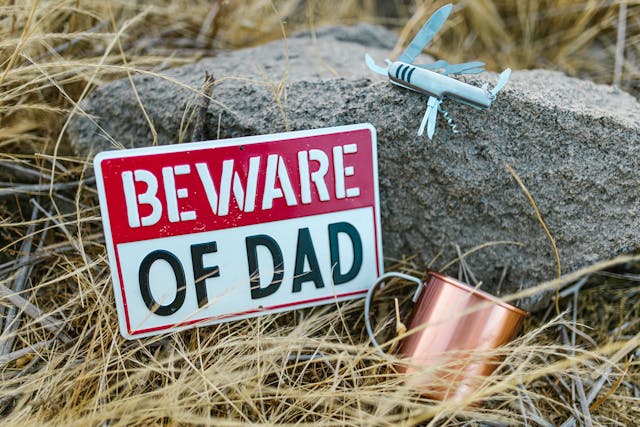
Bushcraft Training: Skills You Need to Learn Before Hitting the Wild
Essential Bushcraft Skills: What You Really Need to Know Out There When you’re out in the wild, certain skills aren’t optional—they’re the foundation of survival.…
-
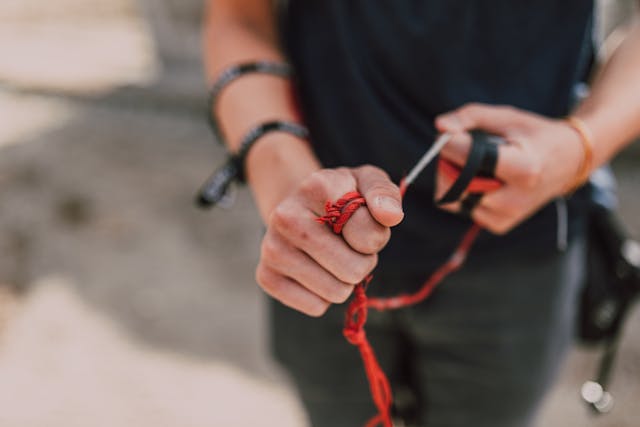
Bushcraft Knots You’ll Actually Use: Tying Skills That Matter
Bushcraft Knots You’ll Actually Use: Tying Skills That Matter When you’re out in the wild, knowing a few good knots can make life a whole…

